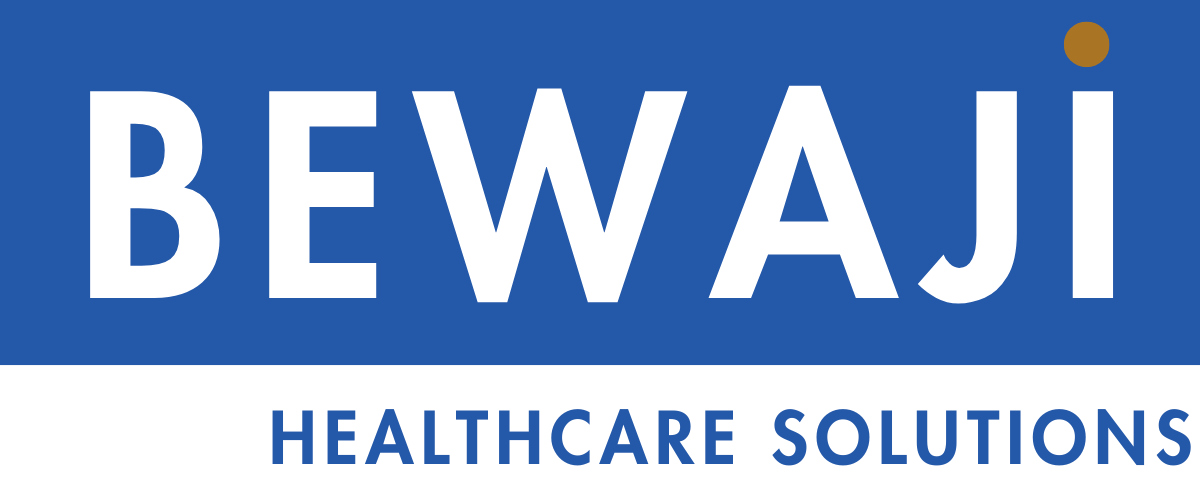Running a solo healthcare practice involves juggling numerous responsibilities simultaneously, each one crucial for patient care and the practice’s overall success. Yet, operational inefficiencies often prevent many solo practitioners from delivering optimal care and fulfilling their lives. Systemization for solo healthcare practitioners is essential to managing growing responsibilities efficiently.
Imagine a world where every task in your practice is completed on time, every time. This might seem like an unattainable goal, but it’s possible with effective Systemization and thorough task documentation.
Systemization is essential for solo healthcare practitioners to manage their growing responsibilities efficiently. The unique challenges these practitioners face—such as limited staffing and high administrative burdens—demand a streamlined approach to operations. By implementing robust systems and documenting tasks meticulously, solo practitioners can mitigate inefficiencies, delegate responsibilities effectively, and scale their practices sustainably.
Given the unique challenges solo healthcare practitioners face, effective Systemization and task documentation are essential for mitigating operational inefficiencies and facilitating growth, enabling practitioners to delegate responsibilities and scale their practices sustainably.
Mapping and Documenting Tasks
Importance of Mapping Tasks: The first step in creating a well-organized practice is mapping every task. This involves identifying all the tasks that must be performed within the practice, from patient intake to billing and follow-up appointments. Mapping tasks helps visualize the workflow and identify bottlenecks and areas for improvement.
By systematically breaking down each task, you can clearly understand what needs to be done, who is responsible, and how each task fits into the overall workflow.
Documenting Every Task: Documentation is the cornerstone of Systemization. Each task, no matter how minor it may seem, should be documented. This documentation serves as a reference that ensures consistency and quality across the practice. Documenting every procedure is the ultimate checklist to keep your practice on track and productive, making it easier for new staff to get up to speed and for existing staff to maintain high standards.
Defining Cadence
Establishing Task Frequency: It is critical to define the frequency of each task. Tasks should be categorized based on how often they need to be completed—daily, weekly, monthly, etc. This categorization helps create a structured schedule ensuring all necessary tasks are timely. With this scheduling trick, we turned chaos into a well-oiled machine.
Using Task Management Tools: Task management tools are essential for organizing tasks and adding deadlines. These tools provide a centralized platform for tracking task completion and ensuring that nothing falls through the cracks. Setting the right cadence can be a game-changer for your practice. These tools help set reminders and deadlines, making it easier to manage recurring tasks.
Recording Turnaround Times: It is crucial to document turnaround times for non-recurring tasks. This helps set realistic expectations and ensure tasks are completed within an acceptable timeframe. By recording these times, practitioners can identify patterns and make adjustments to improve efficiency.
Detailing Execution Steps (How)
Creating Detailed Process Documentation: Consider your practice a recipe—follow these steps for success. Like a recipe, every task in your practice should have detailed instructions. This includes the steps to complete the task, the tools needed, and any specific considerations. Detailed documentation ensures that tasks are performed consistently and correctly.
Using Process Mapping and Flowcharts: Process mapping and flowcharts can benefit complex tasks. These visual aids provide a step-by-step guide that can be followed easily. Flowcharts help visualize the process, making it easier to identify inefficiencies and areas for improvement.
Maintaining Accessibility of Documents: These documents must be easily accessible to everyone in the practice. Using cloud-based storage solutions ensures that all team members can access the necessary documents from anywhere, ensuring everyone is on the same page.
Assigning Responsibilities (Who)
Defining Roles and Responsibilities: The secret to accountability in practice is clear roles and responsibilities. It is crucial to clearly define who is responsible for each task. This ensures that everyone knows their duties and can be held accountable for their performance. Clear roles also help prevent overlaps and gaps in task execution.
Creating Job Descriptions and Reference Charts: We eliminated confusion by doing this one thing. Job descriptions and reference charts provide clarity on responsibilities. These documents should outline the specific duties of each role, making it clear what is expected from each team member.
Future-Proofing the System: How defining roles can transform your practice’s performance. It is important to define roles rather than individuals. This approach ensures scalability and flexibility, allowing the practice to grow and adapt without disruption. Practitioners can delegate tasks more effectively by focusing on roles and ensuring continuity even when staff changes occur.
Continuous Improvement
Treating Systemization as an Ongoing Process: Think your system is perfect? Think again. Here’s why continuous improvement matters. Systemization is an ongoing process that requires regular updates and refinements. Just like physical fitness, it requires constant effort to maintain and improve.
Tracking Ideas and Metrics: How we turned feedback into our biggest asset. Monitoring key metrics and logging errors can provide valuable insights into areas that need improvement. By tracking performance and soliciting input from the team, practitioners can make informed decisions about where to focus their improvement efforts.
Refining Processes Based on Feedback: The fitness routine your practice needs is continuous improvement. Regularly refining processes based on actual problems and team feedback ensures that the system remains efficient and effective. This iterative approach helps maintain high standards and adapt to new challenges as they arise.
Conclusion
Given the unique challenges solo healthcare practitioners face, effective Systemization and task documentation are essential for mitigating operational inefficiencies and facilitating growth, enabling practitioners to delegate responsibilities and scale their practices sustainably.
Systemization is not a one-time effort but an ongoing process that requires continuous refinement and improvement. Solo practitioners can create a more efficient and scalable practice by implementing these strategies.
Want a systemized practice? Start implementing these systemization techniques today to streamline operations, improve efficiency, and prepare for sustainable growth.
Are you ready to transform your solo healthcare practice into a model of efficiency and excellence? With effective Systemization and thorough task documentation, you can mitigate operational inefficiencies, delegate responsibilities effectively, and scale your practice sustainably.
At Bewaji Healthcare Solutions, we specialize in building bespoke systems tailored to your unique needs. Our expertise in process automation and business transformation is explicitly designed for healthcare professionals like you. Partner with us to benefit from enhanced operational efficiency, better decision-making, and strategic achievement of your goals.
Don’t let operational inefficiencies hold you back. Contact us today and discover how we can help you streamline your practice, improve efficiency, and prepare for sustainable growth.



